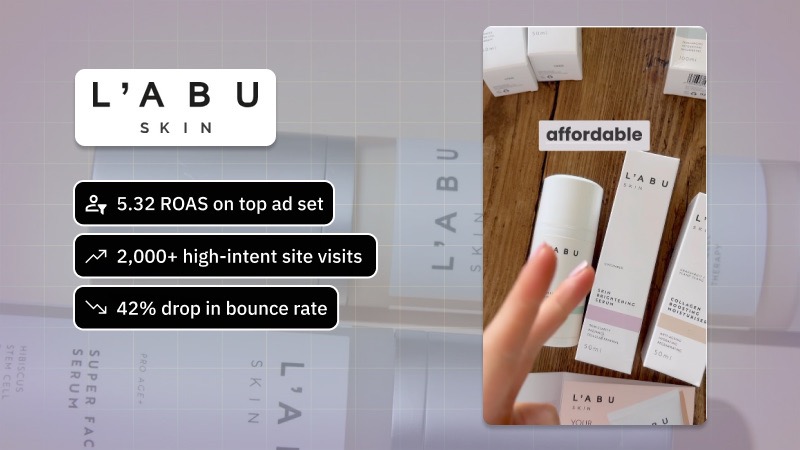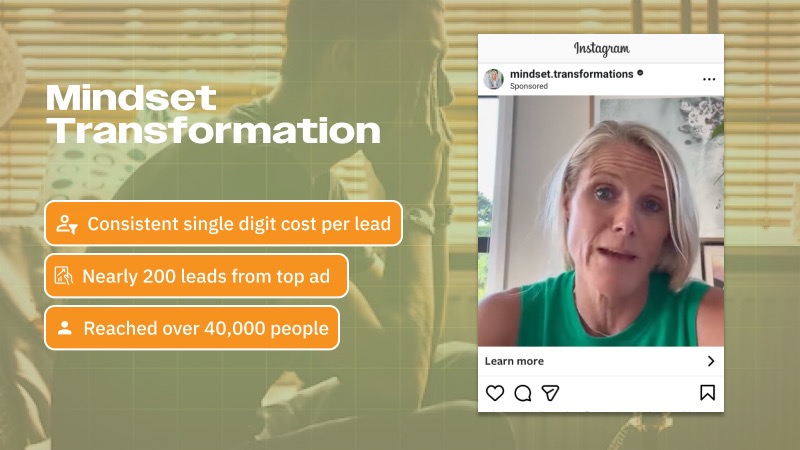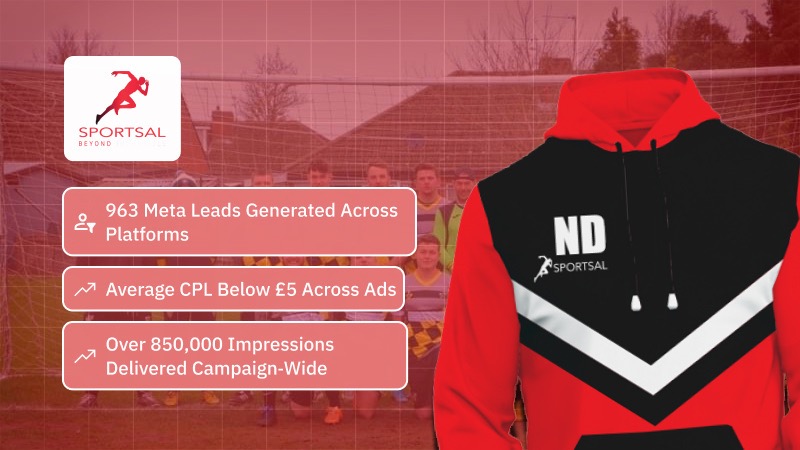Boost your brand with Soudcoh — expert social media that gets you noticed!

Optimising your content for both search engines and social media platforms is essential if you want to increase your online visibility. It ensures your content reaches the right audience where it matters most.
When creating content, start with keyword research tailored to your audience’s search intent. Use those keywords naturally throughout your headings, meta descriptions, and body copy. But don’t stop there—optimise for social by crafting compelling titles and snippets that encourage clicks and shares. This dual focus allows your content to perform well both in search rankings and in newsfeeds.
Visuals play a big role too. Platforms like Facebook, Instagram and even Google’s image search reward engaging, well-optimised images. Use proper file names, alt text, and ensure your visuals are sized correctly for each platform. A captivating thumbnail or graphic can dramatically increase click-through rates, especially when paired with an engaging caption or teaser.
On-page SEO elements like internal linking, clean URLs, and fast load speeds should never be overlooked. At the same time, social signals—likes, shares, saves, and comments—can also indirectly impact your search rankings. Balancing these technical and interactive aspects creates a strong foundation for wider content reach and better performance overall.
Strategic use of keywords and hashtags is essential if you want to climb the ranks on both social media platforms and Google. They act as digital signposts, helping your content get discovered by the right audience.
When creating content, research and incorporate keywords that your target audience is likely to search for. Use tools like Google Keyword Planner or Ubersuggest to identify high-performing search terms related to your niche. Opt for a mix of short-tail and long-tail keywords to balance reach and specificity. These keywords should appear naturally within your captions, posts, and even image alt text to improve visibility on search engines.
On social media, hashtags function like keywords and can boost your reach significantly—if used wisely. Avoid generic tags like #love or #instagood, as they’re oversaturated and your content may get lost. Instead, focus on more specific or branded hashtags that reflect your content's theme or audience. Look at competitors and industry leaders to see what's working for them, and experiment to find the sweet spot between popular and niche hashtags.
Don't forget to update your keyword and hashtag strategy regularly. Trends evolve and what’s effective today might not work tomorrow. Use insights and analytics tools to review engagement levels on different posts and adjust your approach accordingly. By staying flexible and data-driven, you’ll keep your content discoverable and relevant in dynamic digital spaces.
Creating content that resonates with your audience is essential if you want to perform well on both social media and Google. It’s not just about being seen — it’s about being remembered and shared.
To make your content engaging, start by understanding the interests, challenges and desires of your target audience. Use conversational language, relatable examples and visual elements like infographics or videos to hold their attention. Incorporating storytelling can also help establish an emotional connection, making your audience more likely to engage with or share your content. Content that sparks emotion — whether it’s curiosity, amusement or inspiration — often earns more interactions and shares.
High-performing, shareable content also aligns well with current trends and platforms. Keep an eye on what’s popular in your niche and adapt your message to suit different formats. For example, a Twitter thread might work better for bite-sized advice, while an in-depth blog article could appeal to readers searching for detailed solutions via Google. Repurposing your content for multiple platforms can help you reach broader audiences without creating everything from scratch.
Ultimately, content that gets shared amplifies your reach, drives traffic and improves your chances of ranking higher in search engines. Google increasingly rewards content that demonstrates user engagement and relevance. So the more your content gets shared and linked to, the stronger the signals to both social platforms and search engines that your content is valuable. Investing time and thought into creating content that people actually want to share can produce significant long-term results.
Consistency is key when it comes to improving your social media visibility and search engine rankings. Regular posts help maintain engagement with your audience and signal to algorithms that your profile is active and relevant.
When you post consistently, both your followers and platform algorithms know what to expect, making your content more likely to appear in feeds and search results. Over time, this builds a loyal audience and strengthens your brand’s presence. Whether it’s daily, a few times a week, or even bi-weekly, sticking to a posting routine helps keep your content fresh and engaging.
Scheduling tools can take the guesswork out of maintaining consistency. Platforms like Meta Business Suite, Hootsuite and Buffer allow you to plan and automate content across multiple channels ahead of time. This not only saves you effort but also ensures you’re reaching your audience during peak engagement hours, without being glued to your device.
Don’t forget to align your posting schedule with your audience’s habits. Use insights and analytics to track when your followers are most active. Over time, this data will help refine your schedule for maximum impact, helping you rank higher and gain more traction across all platforms.
Establishing your online authority is crucial for ranking higher in both search engines and on social media. One of the most effective ways to achieve this is by earning quality backlinks and leveraging social proof.
Backlinks, or inbound links from reputable websites, signal to search engines that your content is trustworthy and valuable. The more high-quality backlinks you have, the more credibility your site builds in Google's eyes, which can significantly improve your ranking. Aim for organic backlinks by creating useful, shareable content, building relationships with industry influencers, and guest posting on relevant platforms.
Social proof—like customer testimonials, user reviews, and social media shares—serves a similar purpose but primarily influences how users perceive your authority. When people see that others trust and engage with your brand, they’re more likely to do the same. This engagement can also lead to increased visibility on social platforms, driving more traffic to your site and further boosting your SEO.
Incorporating both backlinks and social proof into your digital strategy not only enhances your credibility but also creates a self-reinforcing cycle. More authority leads to more visibility, which can attract even more backlinks and social validation over time. It's a long-term investment, but one that pays dividends across both search rankings and social media performance.
Whether local or global, we help your brand rise in search.


